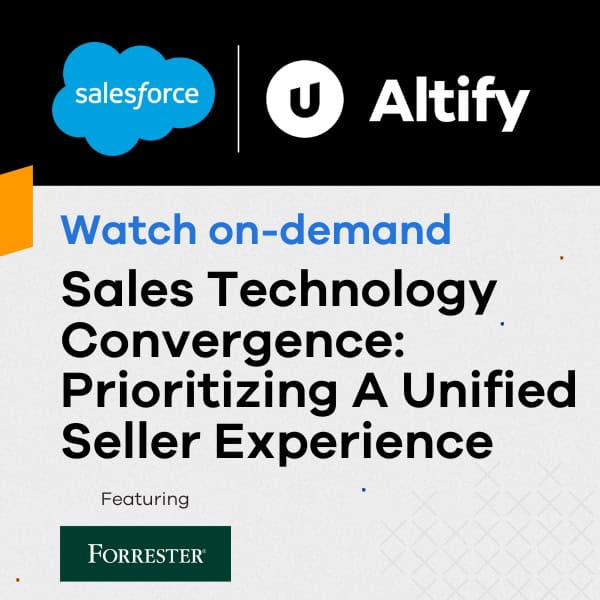
The pressure to perform as a sales professional in 2016 is extreme; the greatest I have known in 20 years. They say that pressure creates diamonds. I also know that diamonds are rare and very expensive!
Failure has always been painful but now it is public, very fast or painfully slow. There is no place to hide. Sales people must do the right thing. This reality is where sales training has its roots.
Sales leaders know they can’t be there at every meeting, or on every call, so they need a way of preventing mistakes from happening. Sales training is aimed at helping sellers to avoid making mistakes. The need is still acute, however, where and how sales people can best benefit from sales training has evolved.
Sales people operate like a pilot in front of a flight deck, without the time or inclination to stop and pick up the manual. They need the dials to turn and buttons to push in order to avoid mistakes. Crucially, they need to be learning as they fly the plane.
A well thought out sales process or methodology should be operating in the background, helping to advise and coach the seller, guiding them to focus on the deals they have the best chance of winning, and acting as an early warning system for deals heading off track.
There are many applications that help us in our everyday lives, combining data and analysis to help us arrive at the right decisions, saving time and avoiding pitfalls. Sales training needs to evolve to leverage these same real-time, always on, accessible, intelligent aspects of the technology-imbued world we live in today.
There are 4 fundamentals that sales training tools need to deliver for today’s sellers:
Ability: Will this improve my knowledge with coaching in context?
Motivation: Is it easier and more valuable than the old way?
Trigger: Will it trigger something that matters so I want to engage more?
Results: Will it impact my sales results, and how will I know?
A sales effectiveness tool should have the ability to monitor for key signals that experience would indicate are important in an opportunity. Combining opportunity data, methodology and other business context to assess impact, ideally it engages and coaches the sales person – either direct form the flight deck (Salesforce) – or through outbound notifications that offer real-time coaching and insights. The seller can then respond and take the action.
Done right, the concept of sales training as a ‘once-off’ event disappears, and with the help of technology, is elevated to a continual state of learning for your organization. Making small adjustments, learning with each interaction, and enticing engagement with technology will exponentially accelerate learning and improve results.


